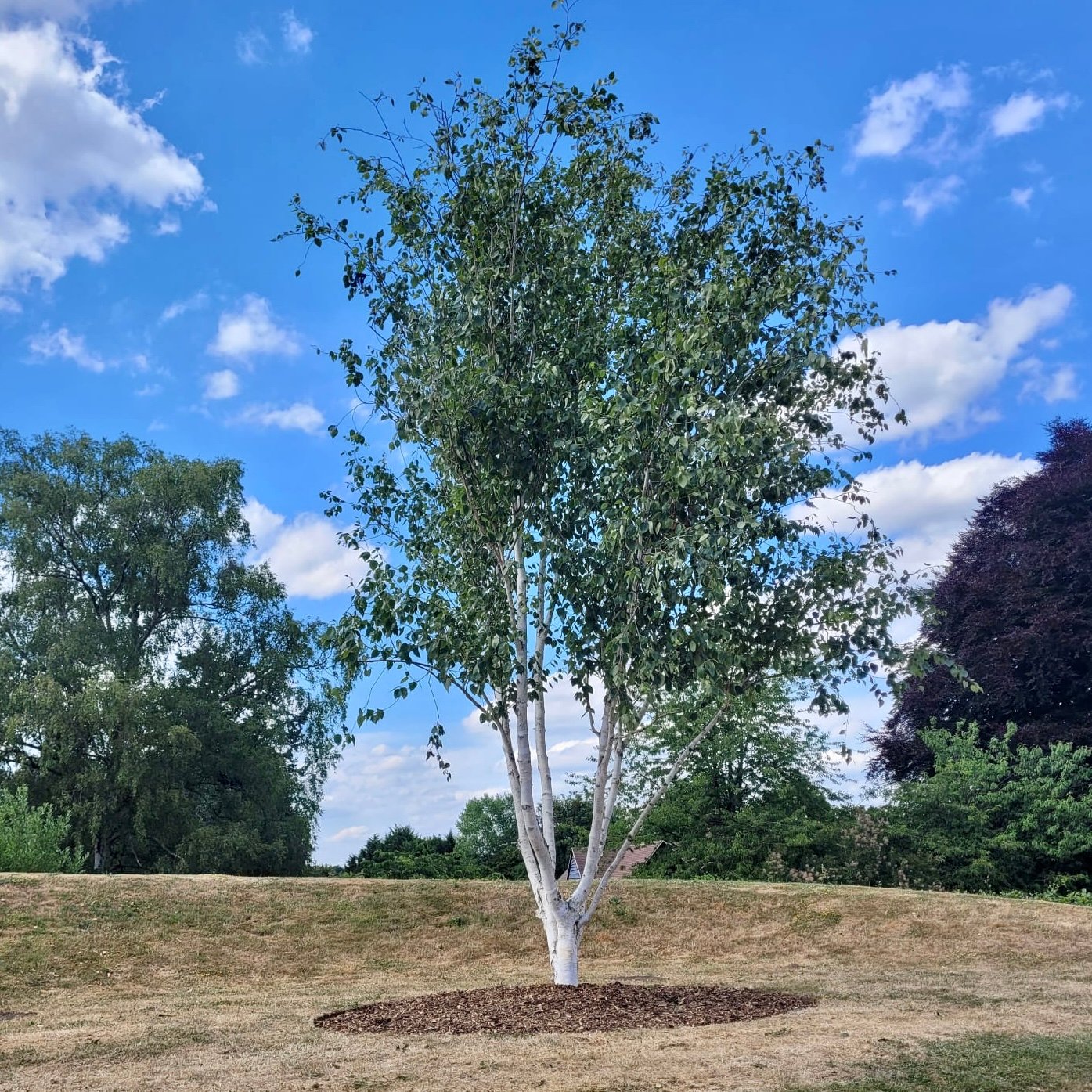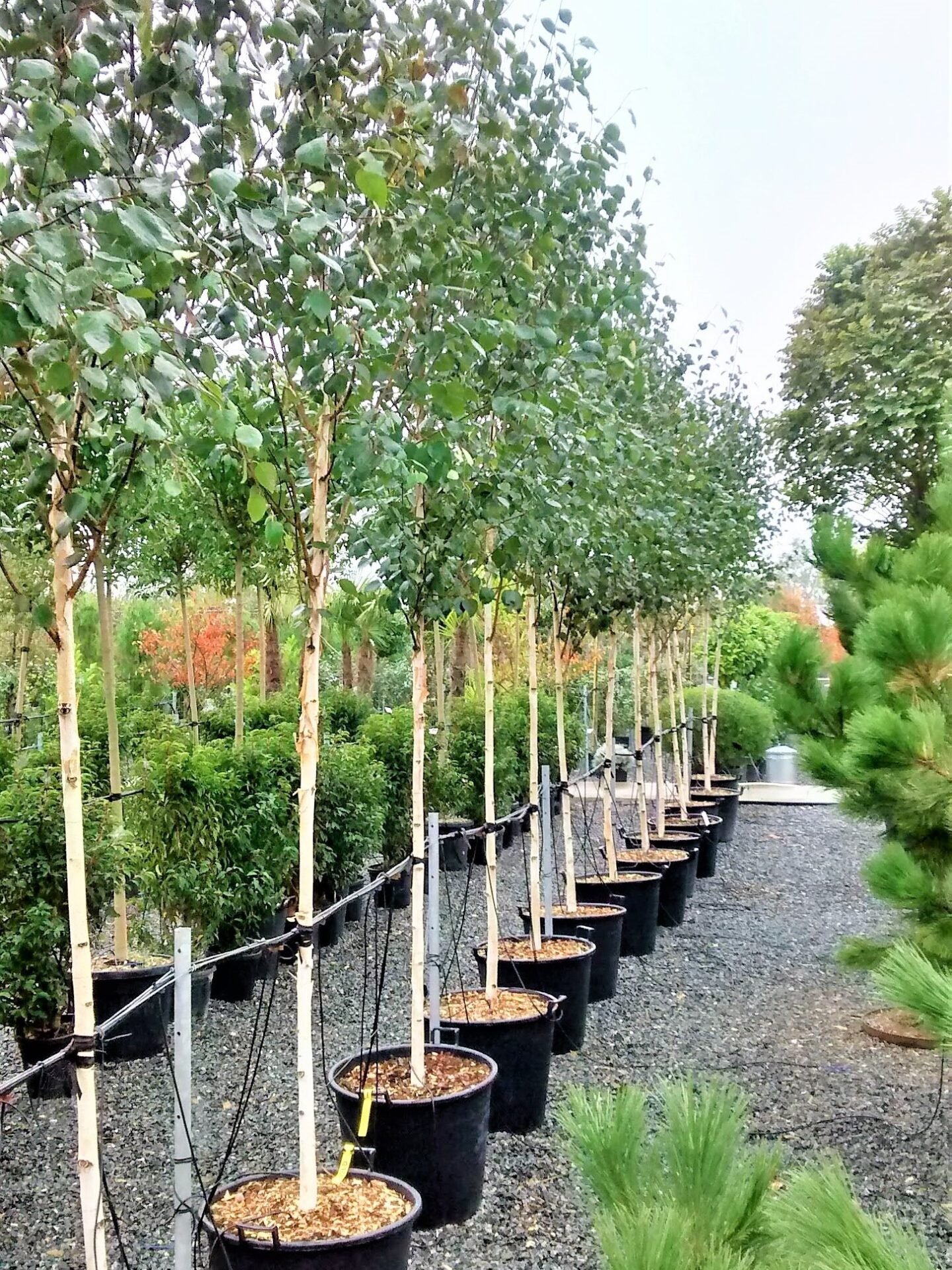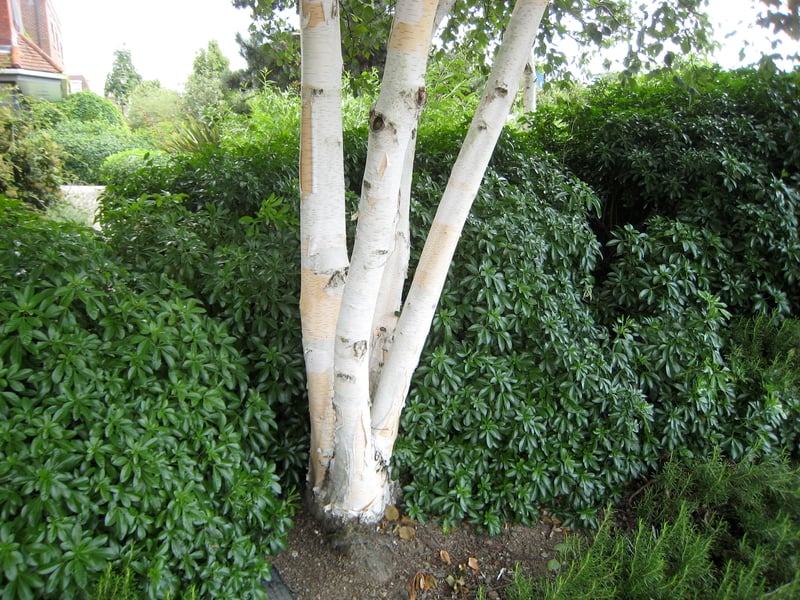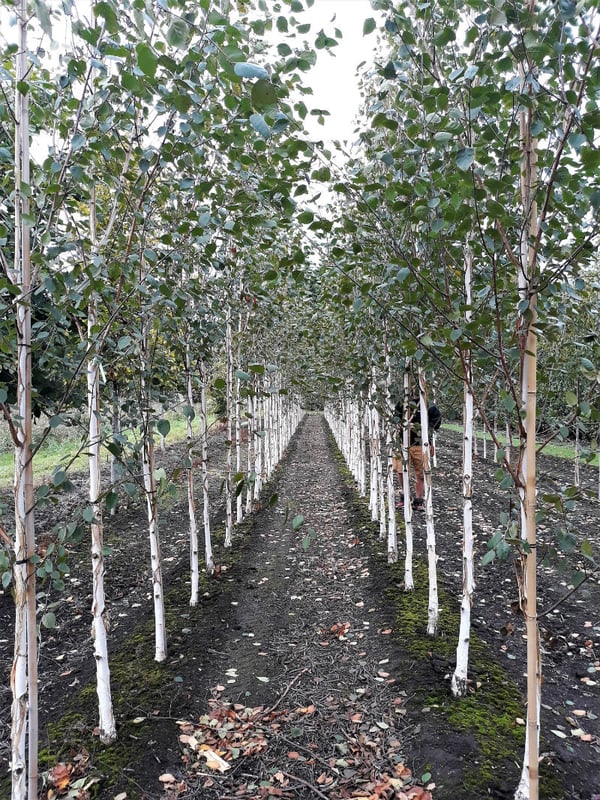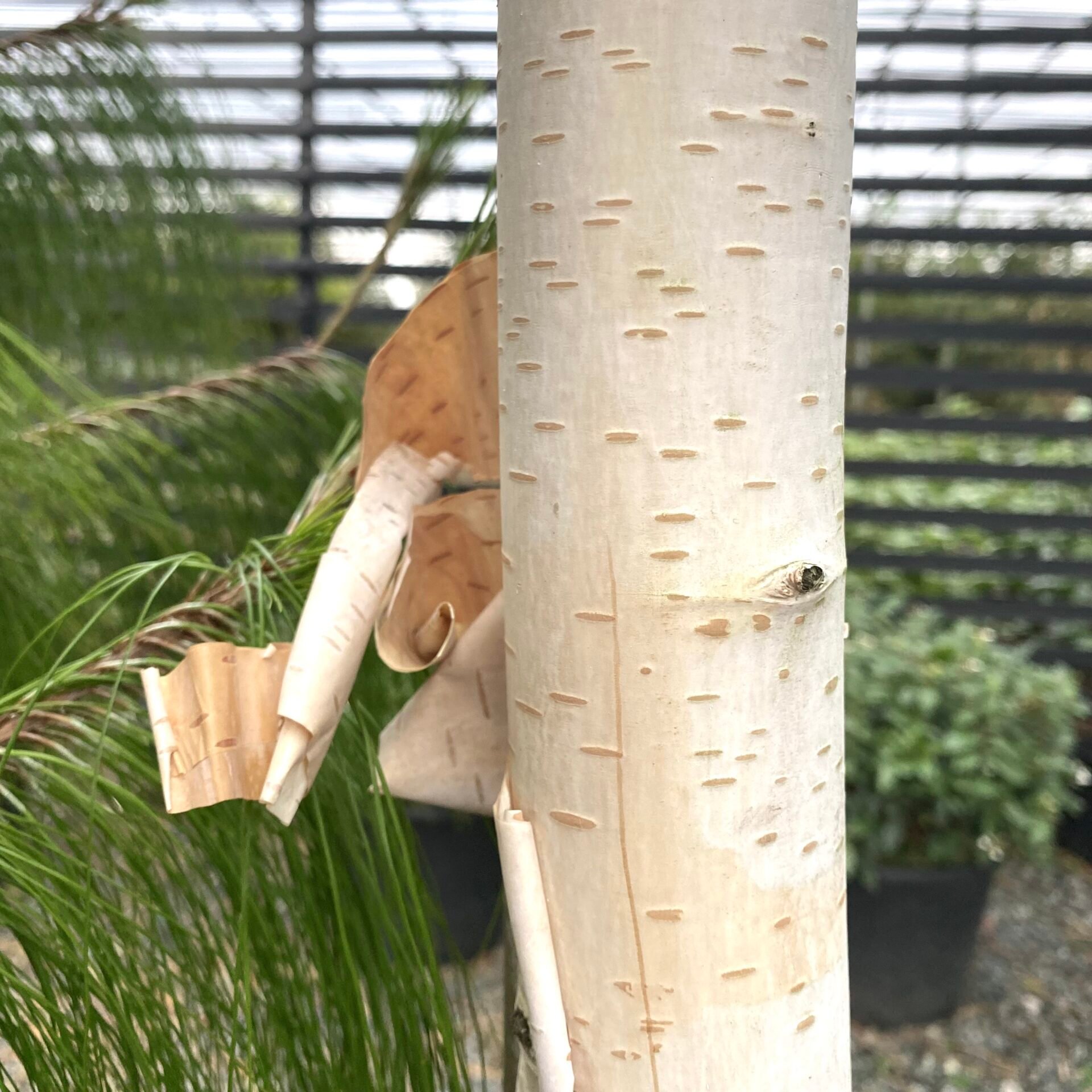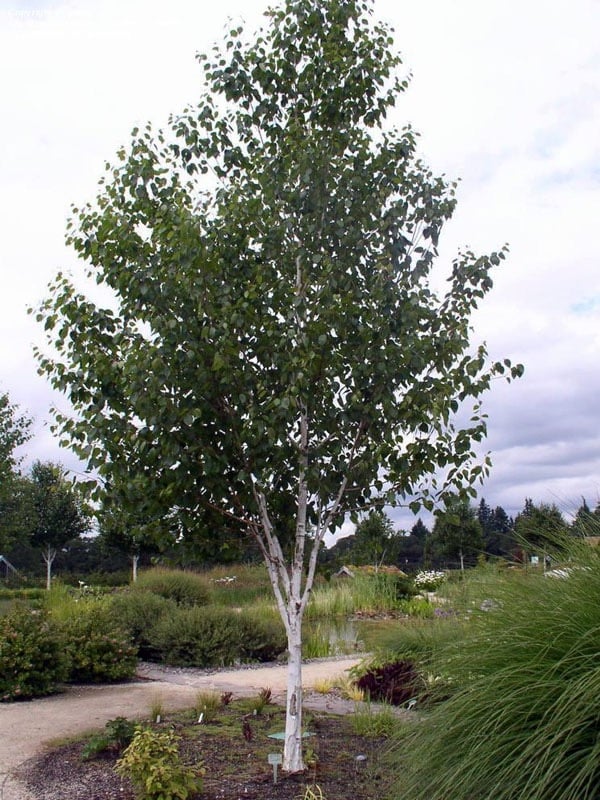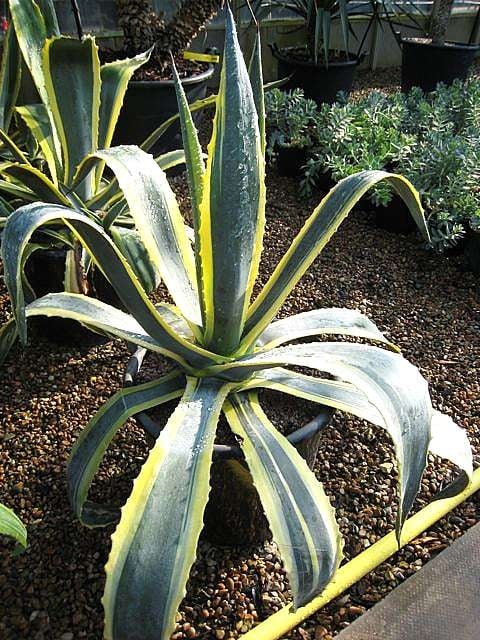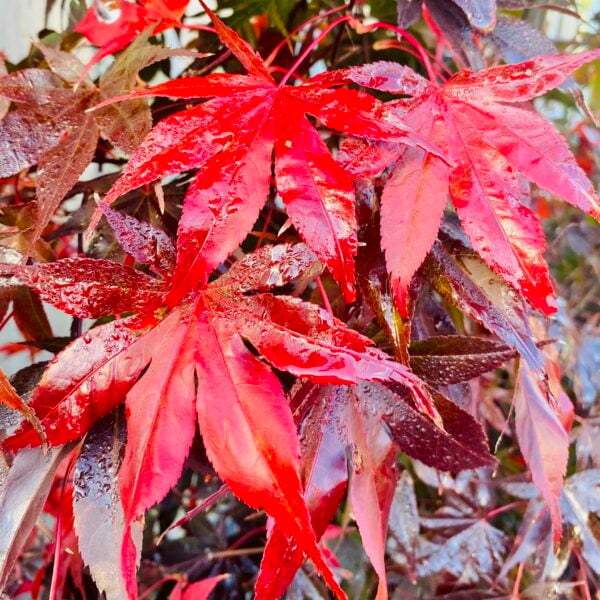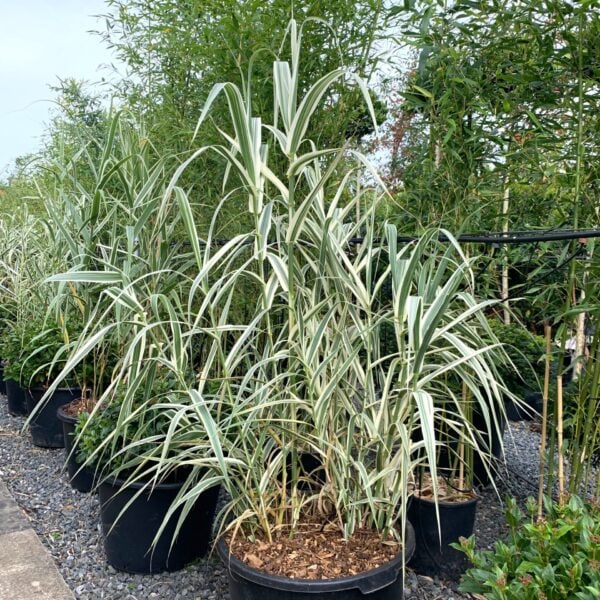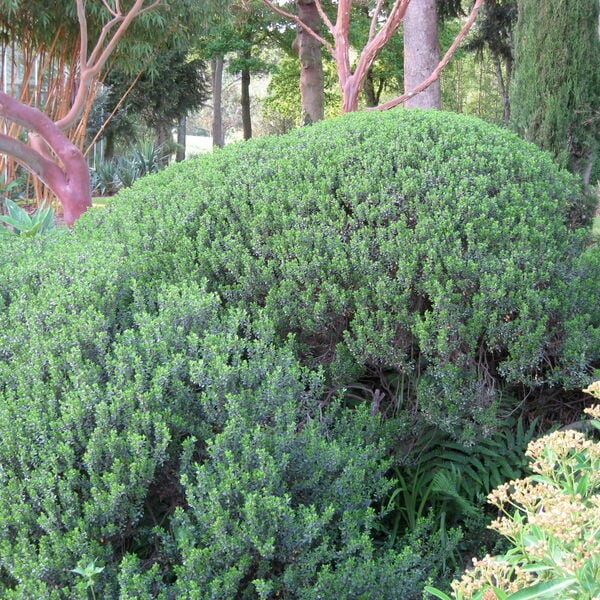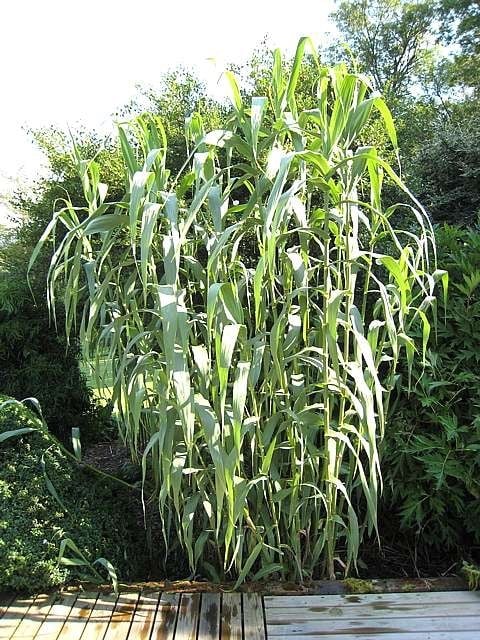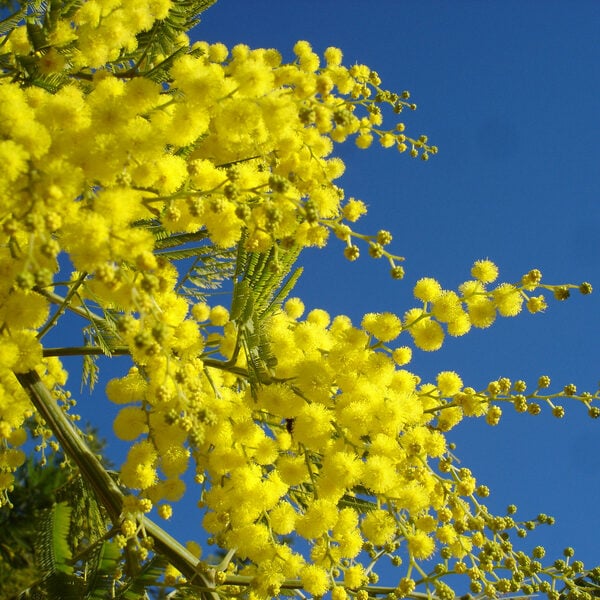Betula utilis var. ‘Jacquemontii’ (Himalayan Birch)
Gentle use of a pressure washer on a damp day will transform these from white to REALLY white. Best with low dark green foliage for the posh Holland Park look. To 30ft. Please contact us for stock availability and sizes.

Hardiness level Green
It's the whiteness of the bark and the delicacy of the foliage that singles this deciduous tree out. In most places this grows (including Britain), especially on the north side (out of the sun), you'll always get a lot of green algae growing on the bark. This happens on all trees but is particularly noticeable on these. Wait for a damp day (when the algae's soft) and either brush it off (time consuming) or use a pressure washer with the spray set to wide and gentle and remove the greenery in an instant (not at all time consuming). The difference is wondrous to behold. Great fun too. Add to the whiteness of these trees (they should always be grown in a clump or a copse or a wood or a forest) by under-planting with low clipped dark evergreens. I have a particular weakness for using clipped Choisya ternata. The bright white and dark shiny green is dead posh. Very Holland Park. This was inspired by some I spotted (as in attached photo) opposite Staples stationery shop in the middle of Horsham. Pressure washing your trees would be considered by some to be the lunatic end of the Creative Maintenance spectrum. To us it's common sense and completely obvious.
All birches like reasonably well drained soil and plenty of light. Try removing any lower branches that can enhance the shape of the tree or obscure the lovely bark. Can grow to 35 ft after 35 years. The extensive groves of birches outside the Tate Modern in London are often quoted as being these trees. I think not. They're the very nice native Silver Birch (Betula sylvestris). The Himalayan Birches are whiter. Mind you, the ones at the Tate could do with a good scrub anyway.
The best time to prune birch trees is late summer or early autumn. It's usually only needed to remove dead, diseased and injured branches. When you prune at the correct time, you not only avoid sap flows, but you also avoid the egg laying season for most insects that infest pruning wounds. Birch tree borers are tree killers, and you should reduce the risk of attack by cutting after their early summer flying season whenever possible.
N.B. When clipping several plants with the same tool, have a bucket containing a 5% bleach solution and swish your blades around for 30 seconds between plants to sterilise them. This will help avoid the chance of cross contamination of disease.
As with all woody plants, plant high, exposing as much of the taper at the base of the trunk as possible. Allowing soil to accumulate round the base of a tree can be fatal. Keep very well watered when first planted.
Additional Information |
|
|---|---|
| Soil Type | Clay, Dry / Well Drained, Sandy, Soggy /Damp (Plant high and you can get away with murder) |
| Light | |
| Plant Type | |
| Continent of Origin | |
| Features | |
| Tree Size | |
| Situation | Coastal, Exposed (To wind and sun), Mild City Gardens, Sheltered Garden |
| Hardiness | |





